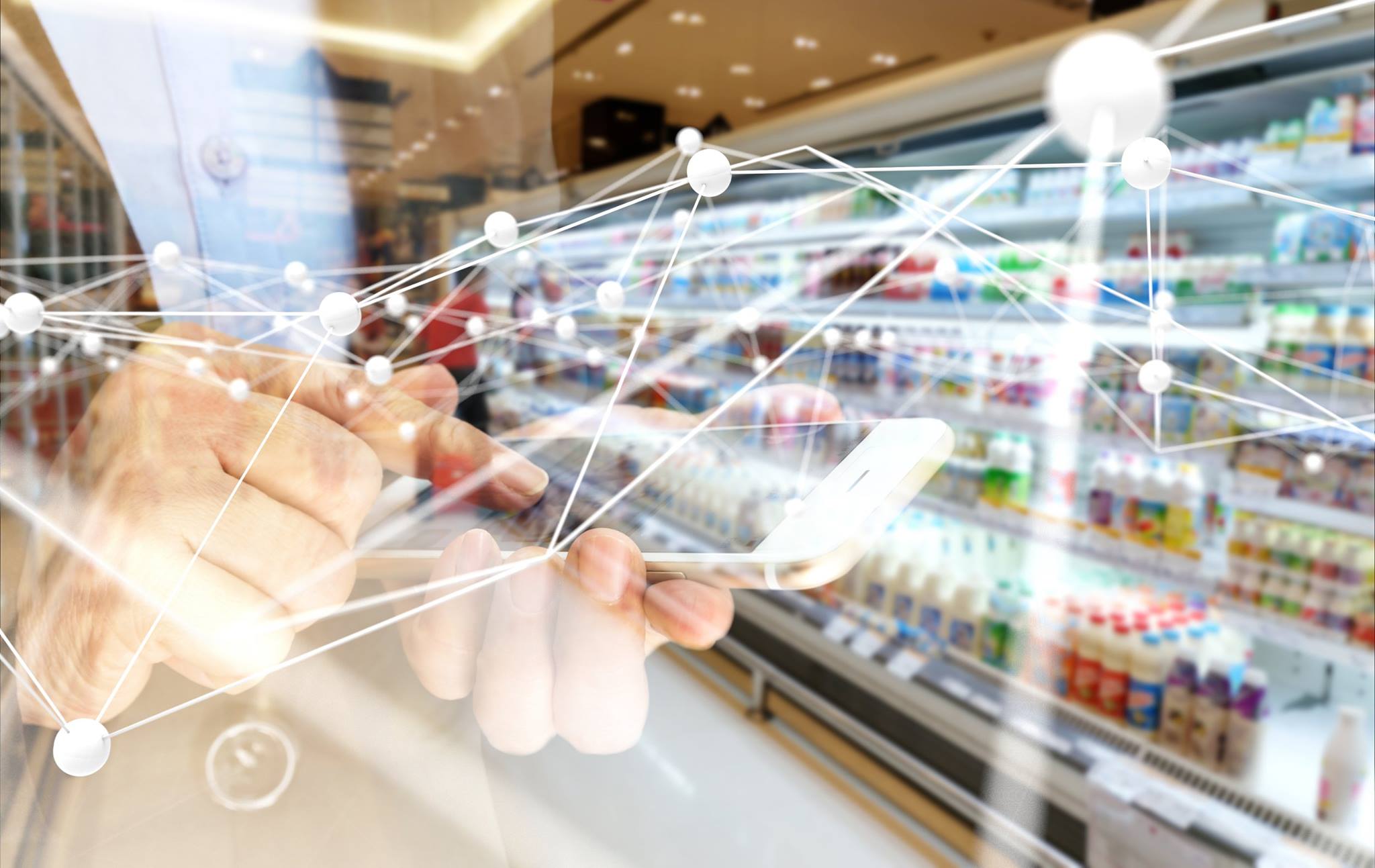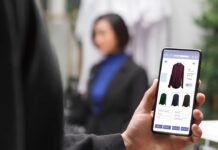In recent years many conversations within the retail sector have focused on the relationship between online and offline trade. A superficial observation of online growth rates can give the impression brick and mortar retail is taking a back seat, and e-commerce is continuing its triumphant march. However, industry experts know this view is too simplistic.
In 2016, traditional retail achieved sales of around £358 billion, while online sales were £174 billion. Although e-commerce only equates to roughly a third of total sales, its annual growth of more than 14 per cent is causing concern for traditional retailers, who are often not able to increase sales that rapidly.
Amazon, for example, has been registering such growth rates since 2010, and it is achieving this by continuously taking on new product ranges, attending to its Prime customer group and fine tuning logistics.
Online is by no means cutting out offline trade
If businesses ignore digital retail, they will be left behind. When stores who are stuck in their traditional ways complained about slow business, those who have embraced new technology such as Amazon grew by 22 per cent in the last quarter of 2016. Other retailers with strong online activity, such as Tesco and John Lewis, as well as brands with flagship stores including Apple and Adidas, reported similar growth.
The goal should be to make the bricks of the business intelligent by adapting them to new customer behaviour. The key to success does not lie in expanding the business with an online shop; rather, it is carried around by the consumers themselves – it’s their smartphone.
The real revolution comes with the smartphone
Today, around 80 per cent of Brits own a smartphone and many use it to obtain information online before making a purchase. For example, if a store owner registers its company with Google My Business, consumers can receive notifications about the business. This also makes sense for large retailers because they can utilise local ads and information regarding the availability and prices of products which can be obtained both on and offline.
While in store, 84 per cent of millennials claim to use their phone for shopping assistance or to research a product before buying. Conventional retailers therefore now have the chance to increase their sales considerably, especially when nine out of 10 purchases are still being made in a branch.
Retailers must gear themselves toward customers by providing support for their smartphone from the moment they enter or leave a store. However, retailers must also consider a range of devices, such as tablets, beacons, mobile checkouts, Bluetooth barcode scanners, and electronic displays in order to maximise this opportunity.
They should, of course, also continue to invest in training their salespeople. According to a recent study, the likelihood of a purchase is increased by 43 per cent when the customer is assisted by a sales person, and the sales volume rises to 81 per cent.
The connected associate
Modern retailers should therefore focus on the new, connected associate. This next generation of salespeople combines characteristics of the good old sales advisor (expertise and a personable manner) with knowledge of how to fulfil the needs of young shoppers and digital natives.
What does a connected associate have at his/her fingertips? Below are a few examples:
* Tablets improve shopping experience
An optimal tablet ensures the associate has all the information needed to do their job. As well as giving access to the shopping history of registered customers, the associate can immediately check stock levels and availabilities. Having these details to hand on a tablet ensures the customer is not left alone on the shop floor and they are made the priority.
* Speeding up purchases with a mobile checkout
Long queues at the checkout can test the resolve of even the most patient of consumers and hinder the purchasing decision. Self-service or mPOS terminals significantly speed up the cashless payment transaction, to the benefit of both the retailer and the shopper.
* Portable devices for tidying up
The process of restocking shelves is sped up considerably with the help of a portable ‘ring scanner,’ which connects to the tablet via Bluetooth. Using data glasses (augmented reality smart glasses), which expand the field of vision with virtual fade-ins, will ensure the well-connected associate is even better equipped, for example through a planogram for product placement. Customer experience will be improved, and the motivation of the employee will increase, which ultimately results in higher sales and profit.
There are even more devices a store could use, and these include large screen displays, which promote product ranges and sales. Beacons can be mounted in many areas of the store and send data to smartphones via Bluetooth, helping customers to find products in the branch.
Security is mandatory
Retail companies have been offering cashless payment for a long time, which is now enhanced with mobile payments. Tablets, smartphones, beacons and displays – a true flood of devices are heading their way to retailers. A comprehensive strategy to manage the devices as well as data security is therefore critical – customers want their privacy protected.
The term MDM – mobile device management – denotes the central management of smartphones, tablets, and laptops. However, in light of rising numbers of devices – such as the Internet of Things (IoT) – MDM is no longer adequate. Unified endpoint management (UEM) provides a comprehensive and secure management of all mobile devices via a unified web console in a company or retail chain. Yet, only a few software providers have devoted themselves entirely to the mobile world and are able to offer UEM.
Summary
The conflict between online and offline is yesterday’s news, as the well-connected associate bridges the gap between the physical store and the online shop. Brick and mortar retail companies now have the chance to give their business new impetus and improved profitability by equipping their employees and the store with intelligent technology. This technology has the ability to establish contact and improve interaction with consumers who have been coming into stores with their smartphones for some time now, and have been expecting better service.















